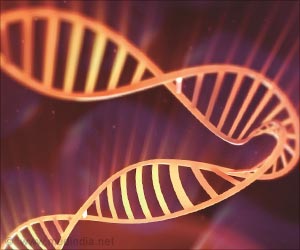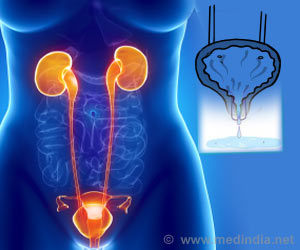led by a distinguished group of experts, has the potential to enhance risk assessment for heart attack patients and pave the way for the development of injury-stage-specific and tissue pathology-based therapies.
Lead author Andreas Kumar, MD, MSc, Northern Ontario School of Medicine University, and Department of Cardiovascular Sciences, Health Sciences North, Sudbury, ON, Canada, explains: “MI remains a leading cause of morbidity and mortality. Existing tools classify MIs using a patient’s clinical presentation and/or the cause of the heart attack, as well as ECG findings. Although these tools are very helpful to guide treatment, they do not consider details of the underlying tissue damage caused by the heart attack. This expert consensus, based on decades of data, is the first classification system of its kind ever released in Canada and internationally. It offers a more differentiated definition of heart attacks and improves our understanding of acute atherothrombotic MI. On a tissue level, not all heart attacks are the same; the new CCS-AMI classification paves the way for development of more refined therapies for MI, which could ultimately result in better patient clinical care and improved survival rates.”
The CCS-AMI classification describes damage to the heart muscle following an MI in four sequential and progressively severe stages. Each stage reflects progression of tissue pathology of myocardial ischemia and reperfusion injury from the previous stage. It is based on a strong body of evidence about the effect an MI has on the heart muscle.
Advertisement
As damage to the heart increases through each progressive CCS-AMI stage, patients have dramatically increased risk of complications such as arrhythmia, heart failure, and death. Appropriate therapy can potentially stop injury from progressing and halt the damage at an earlier stage.
Four Stages of Myocardial Infarction/Heart Attack
- Stage 1: Aborted MI (no/minimal myocardial necrosis). No or minimal damage to the heart muscle. In the best case the entire area of myocardium at risk may be salvaged.
- Stage 2: MI with significant cardiomyocyte necrosis, but without microvascular injury. Damage to the heart muscle and no injury to small blood vessels in the heart. Revascularization therapy will result in restoration of normal coronary flow.
- Stage 3: MI with cardiomyocyte necrosis and microvascular dysfunction leading to microvascular obstruction (i.e., “no-reflow”). Damage to the heart muscle and blockage of small blood vessels in the heart. The major adverse cardiac event rate is increased 2- to 4-fold at long-term follow-up.
- Stage 4: MI with cardiomyocyte and microvascular necrosis leading to reperfusion hemorrhage. Damage to the heart muscle, blockage and rupture of small blood vessels resulting in bleeding into the heart muscle. This is a more severe form of microvascular injury, and the most severe form of ischemia-reperfusion injury. It is associated with a further increase in adverse cardiac event rate of 2- to 6-fold at long-term follow-up.
In an accompanying editorial, Prakriti Gaba, MD, Brigham and Women’s Hospital, Harvard Medical School, and Deepak L. Bhatt, MD, MPH, Mount Sinai Heart, Icahn School of Medicine at Mount Sinai, comment: “Kumar et al. present a novel and intriguing four-tiered classification scheme of patients with acute MI. This allows unique utilization of prognostic pathologic features to help distinguish between high and low risk acute MI patients. Greater access to cardiovascular magnetic resonance would be needed to implement this new clinical approach broadly, however, for research on emerging diagnostic and therapeutic strategies, it could be implemented immediately.”
Reference :
- The Canadian Cardiovascular Society Classification of Acute Atherothrombotic Myocardial Infarction Based on Stages of Tissue Injury: An Expert Consensus Statement – (https://onlinecjc.ca/article/S0828-282X(23)01735-X/fulltext)
Source: Eurekalert



